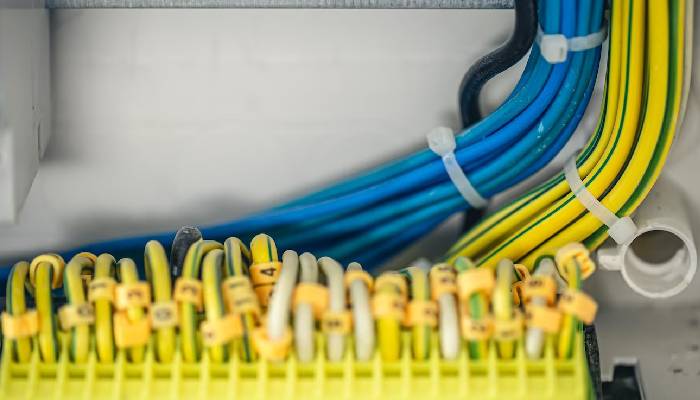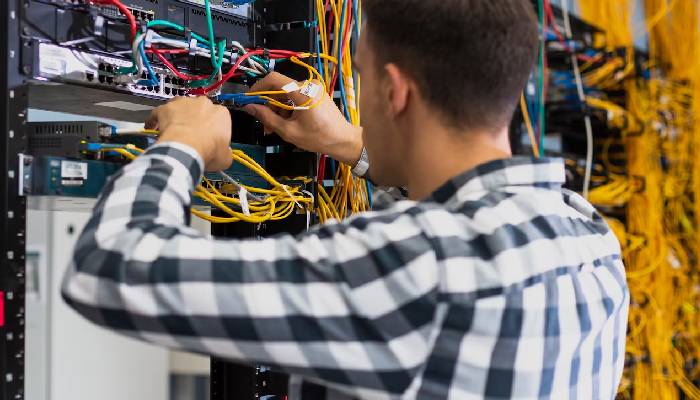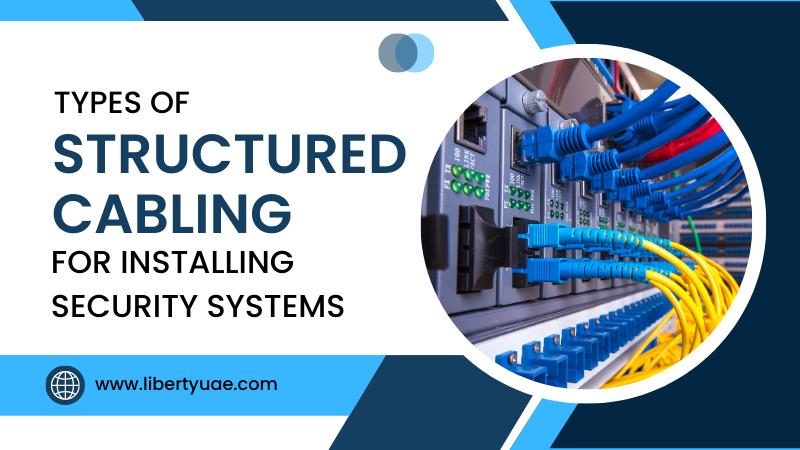Structured cabling refers to the format and installation of a cabling system that provides a comprehensive and organized approach to supporting considerable hardware systems and services. It is a crucial component of building infrastructure that affects all information and communication technologies (ICT) in an organization.
Structured cabling in Dubai has become increasingly important in modern times as it provides a strong and flexible foundation for an organization’s communications systems. The increasing demand for voice, data, video, and security systems has resulted in the need for a cabling infrastructure that can accommodate these various systems seamlessly.
Benefits of Structured Cabling:

- Scalability: Structured cabling allows for future upgrades and expansions to the network, making it more scalable and adaptable to changing technology and business needs.
- Reliability: Structured cabling provides a more reliable connection, ensuring that data is transmitted accurately and quickly.
- Simplicity: Structured cabling reduces the complexity of installing and maintaining multiple cabling systems, making it easier to manage.
- Cost-effective: Structured cabling provides a cost-effective solution for organizations as it minimizes the need for frequent upgrades and replacements of cabling systems.
Types of Structured Cabling Used for Security System Installation:

- Copper Cabling: Copper cabling is one of the most commonly used types of structured cabling in security system installations. It is known for its high reliability, low cost, and high bandwidth capabilities. Copper cabling is available in various forms, including twisted pair cabling, shielded cabling, and unshielded cabling.
- Fiber Optic Cabling: Fiber optic cabling is another type of structured cabling that is commonly used in security system installations. It provides high-speed transmission of data and is less susceptible to interference than copper cabling. Fiber optic cabling is there in single-mode and multi-mode versions.
- Coaxial Cabling: Coaxial cabling is used in security system installations for the transmission of high-frequency signals, such as those used in closed-circuit television (CCTV) systems. Coaxial cabling is known for its high bandwidth capabilities and is used to transmit data over longer distances.
- Wireless Cabling: Wireless cabling is a type of structured cabling that uses radio frequency (RF) signals to transfer data wirelessly. It is commonly used in security system installations where it is not possible to lay traditional cablings, such as in older buildings or historical sites.
Conclusion
Structured cabling is a crucial component of building infrastructure that affects all ICT systems in an organization. It provides a strong and flexible foundation for an organization’s communications systems and is available in various forms, including copper cabling, fiber optic cabling, coaxial cabling, and wireless cabling. Structured cabling companies in Dubai provide high-quality installations and maintenance services for businesses and organizations, ensuring that their communications systems remain reliable and secure.




.png)


